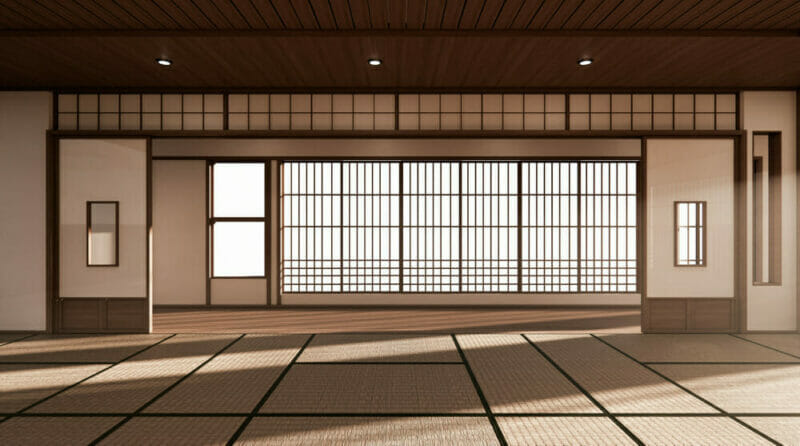Zen Dojo: What You Need to Know
A Zen Dojo, also known as a Zendo, is a place where Zen or Zazen meditation is practiced, and can be a specific room, house, institution, or any location. The practice of Zazen meditation has its origins in Japan.
Although the meditation centers in Japan are commonly known as Zendo, any dōjō where zazen is practiced can be called a zen-dō, according to Zen Buddhism – no matter where it is in the world.
The term Dojo, which translates to “the place of the way” in Japanese, refers to a place for physical exercise, particularly in professional wrestling. But in a broader sense, a Dojo can be any place where a specific discipline or skill is practiced.
In the past, a Dojo was typically used for martial arts training. However, in recent times, Dojos have been used for a variety of purposes, including Zen meditation and even software development.
In the Western world, the term Dojo is often associated specifically with Japanese martial arts training grounds, such as judo, karate-do, and aikido.
When the word “Zen” is placed before the word “Dojo,” it refers to a place for practicing Zen or Zazen meditation. The term “Dojo” has also been used to describe training centers in other fields, such as testing dojos, coding dojos, and agile coaching dojos.
Dojo in Zen Buddhism
As far as Zen Buddhism is concerned, the word “Zendo” is more consistent in meaning than the word “Dojo” and so it seems to be used more.
However, European Soto Zen Group, in line with the opinion of their founding guru Taisen Deshimaru, prefers the word “Dojo” to “Zendo”.
An architecturally complete Zen Buddhist temple has at least one Zendo and one Hondō. The word, “Hondo” is a Japanese word which literally translates to “Main hall”.
Main Hall or “Buddha Hall” can also be referred to as butsu-dō, butsuden, konpon-chūdō or kondō. It is mainly used for ceremonial purposes.
Some Rituals of Zendo or Zen Dojo
There are many Zen temples where meals are served three times daily inside Zendo during Sesshin. Breakfast is served before sunrise in the morning, which usually consists of a simple dish made from rice gruel and pickled vegetables.
Then, the next two meals are served at noon and in the late afternoon of which the noon meal is the main course meal.
Lunch usually consists of rice, vegetables soup and pickled vegetables.
Nothing new is cooked at night as the leftover of the lunch is eaten in the evening.
Mantra lessons are arranged in the morning and before lunch. Notable among the mantras are “The Heart or Hridaya Sutras” and other meditation mantras and chants.
While eating, the monks do not speak with their mouths, instead they communicate via hand gestures.
Other Rituals and Etiquette of Dojo in General
Traditionally, some rituals are observed in the dojo such as: not wearing shoes inside the dojo, cleaning the dojo thoroughly before and after each exercise, etc.
Although over time these practices have not been able to maintain their continuity in their original form as many of such rules are not followed properly in the case of various modern dojos, some of the notable dojos that are conducted following proper ritual include:
- Aikikai Hombu Dojo (Aikido)
- Nakazato Karate Weapons Gym (Shorin-ryu Shorinkan)
- Kodokan Judo Institute (Judo)
- Noma Dojo (Kendo)
Making Zen Dojo or Zendo at Home
It is possible to create a small Zen Dojo in your home with a few necessary items. These include a zafu and zabuton, which are cushions used for sitting and kneeling during Zen meditation.
In addition to these, you may also need other materials for practicing Zazen at home.

















This is valuable information.
Looking forward to learning more about Zen, and I will check out more of your articles on the topic.
Thank you for reading my article.
Great to hear that you found this valuable!